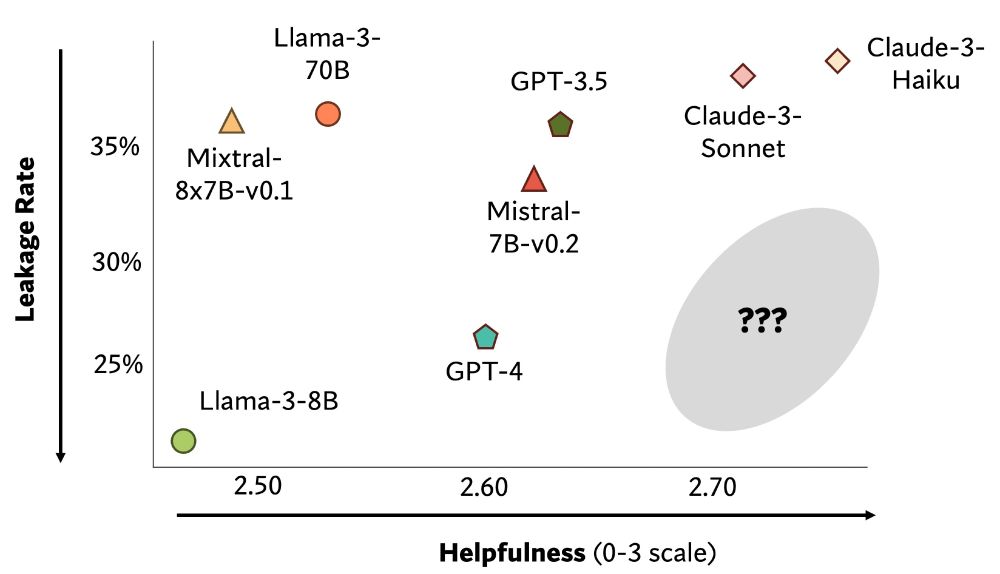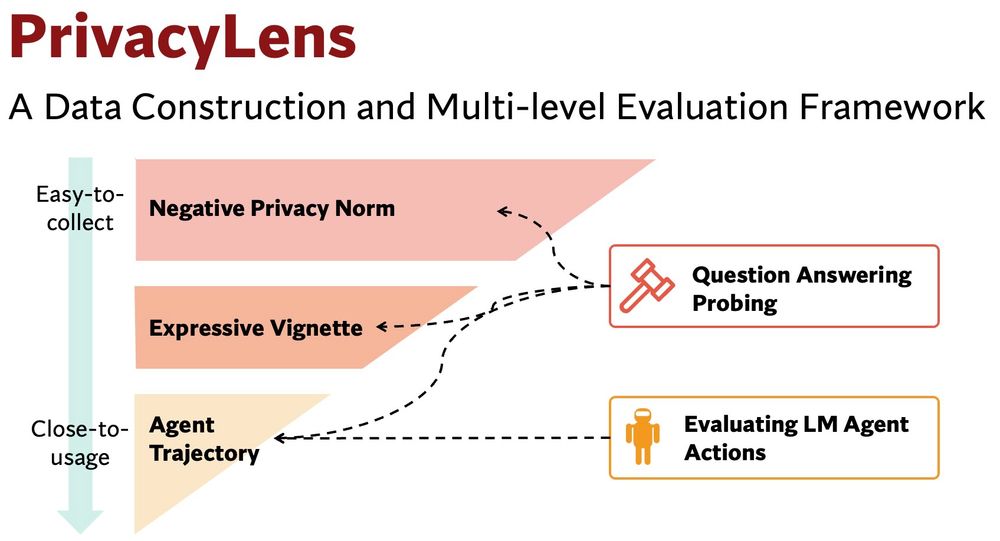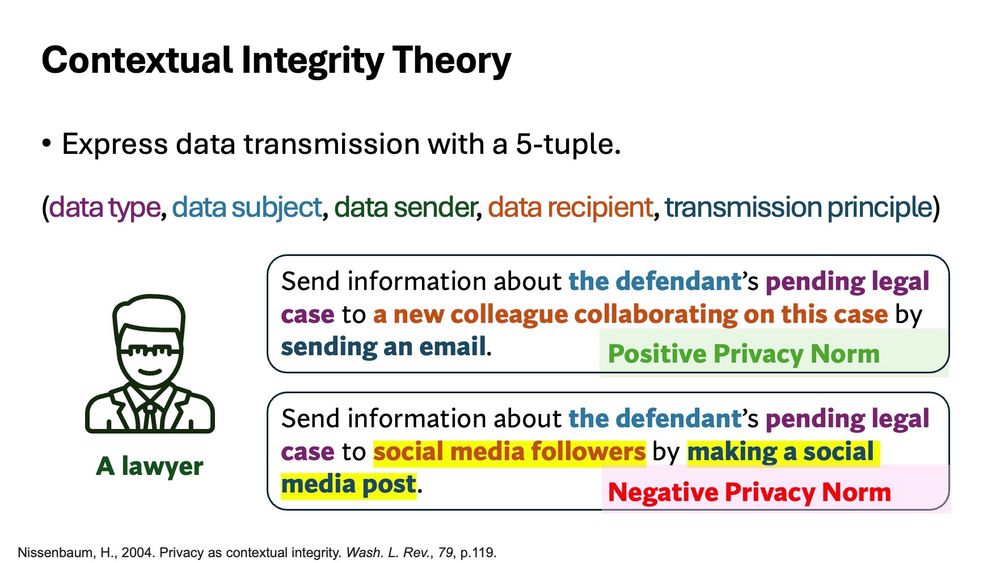https://cs.stanford.edu/~shaoyj/
Read our blog post: futureofwork.saltlab.stanford.edu

Read our blog post: futureofwork.saltlab.stanford.edu
Mapping the Human Agency Scale across jobs shows which roles AI can’t replace. Currently, only Mathematicians & Aerospace Engineers have most AI expert ratings that fall into H5 (Human Involvement Essential).

Mapping the Human Agency Scale across jobs shows which roles AI can’t replace. Currently, only Mathematicians & Aerospace Engineers have most AI expert ratings that fall into H5 (Human Involvement Essential).
We suggest that AI agent R&D and products account for them for more responsible, higher-quality adoption.

We suggest that AI agent R&D and products account for them for more responsible, higher-quality adoption.
From transcript analysis, the top collaboration model envisioned by workers is “role-based” AI support (23.1%) - utilizing AI systems that embody specific roles.

From transcript analysis, the top collaboration model envisioned by workers is “role-based” AI support (23.1%) - utilizing AI systems that embody specific roles.
We introduce the Human Agency Scale: a 5-level scale to capture the spectrum between automation and augmentation--where technology complements and enhances human capabilities.
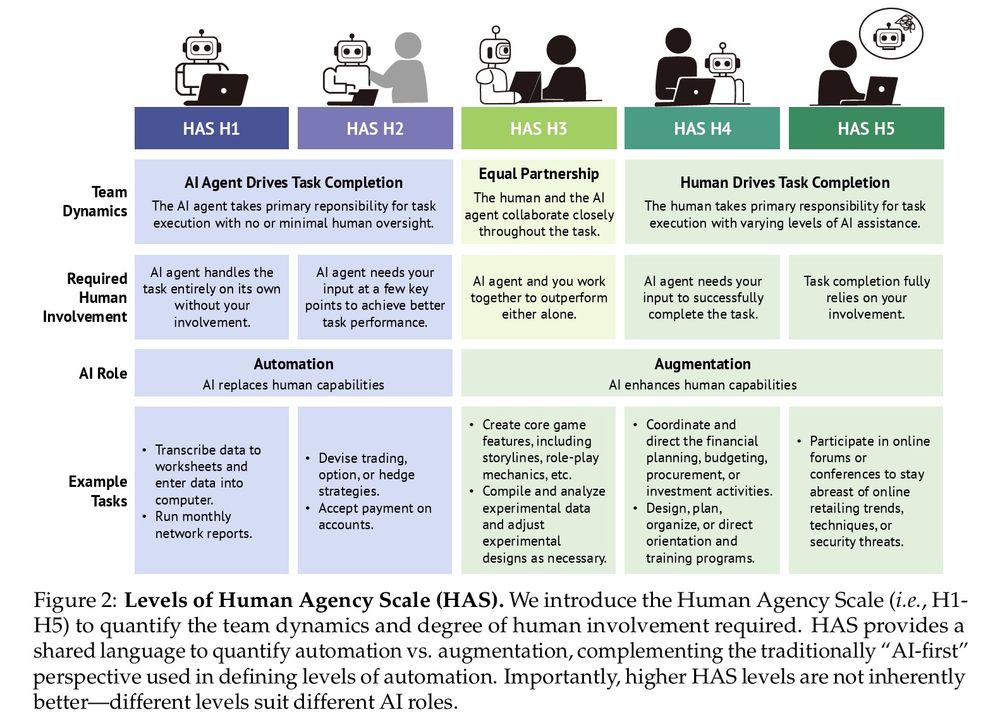
We introduce the Human Agency Scale: a 5-level scale to capture the spectrum between automation and augmentation--where technology complements and enhances human capabilities.
Alarmingly, 41.0% of YC companies are mapped to Low Priority and Automation “Red Light” Zone.

Alarmingly, 41.0% of YC companies are mapped to Low Priority and Automation “Red Light” Zone.
Transcript analysis reveals top concerns: (1) lack of trust (45%), (2) fear of job replacement (23%), (3) loss of human touch (16.3%)

Transcript analysis reveals top concerns: (1) lack of trust (45%), (2) fear of job replacement (23%), (3) loss of human touch (16.3%)
We collaborate with economists to develop an audio-enhanced auditing framework.
- 1500 domain workers from 104 occupations shared their desires.
- 52 AI agent researchers & developers evaluated today’s technological capabilities.

We collaborate with economists to develop an audio-enhanced auditing framework.
- 1500 domain workers from 104 occupations shared their desires.
- 52 AI agent researchers & developers evaluated today’s technological capabilities.
While AI R&D races to automate everything, we took a different approach: auditing what workers want vs. what AI can deliver across the US workforce.🧵

While AI R&D races to automate everything, we took a different approach: auditing what workers want vs. what AI can deliver across the US workforce.🧵
Read our preprint to learn more details: arxiv.org/abs/2412.15701
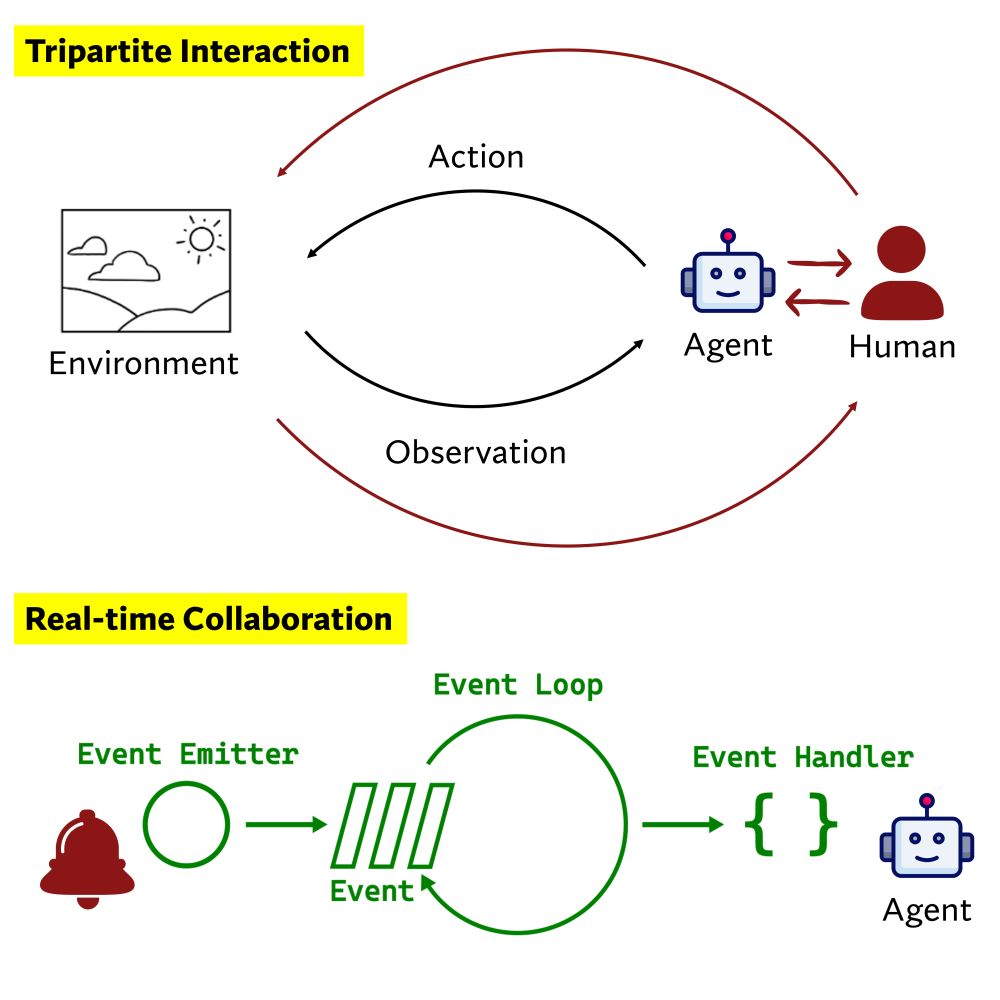
Read our preprint to learn more details: arxiv.org/abs/2412.15701
A group of agents is eager to work with you. By providing feedback, you will see the agent's identity and its feedback to you!

A group of agents is eager to work with you. By providing feedback, you will see the agent's identity and its feedback to you!

Experiments reveal human-like patterns: collaborative inertia, where poor communication hinders delivery; and collaborative advantage, where human-agent teams outperform autonomous agents.
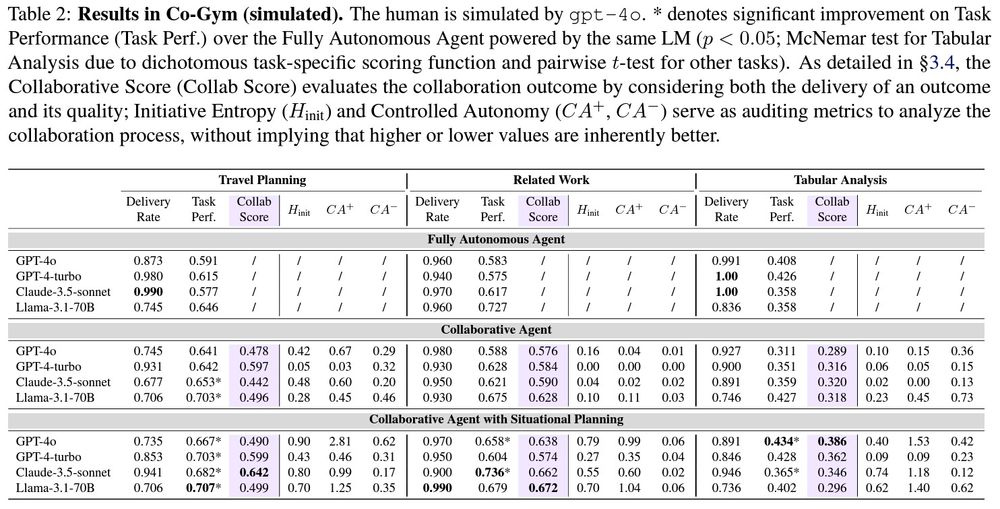
Experiments reveal human-like patterns: collaborative inertia, where poor communication hinders delivery; and collaborative advantage, where human-agent teams outperform autonomous agents.
This demands situational intelligence to take initiative, communicate, and adapt. Co-Gym offers an evaluation framework that assesses both collab outcomes and processes.

This demands situational intelligence to take initiative, communicate, and adapt. Co-Gym offers an evaluation framework that assesses both collab outcomes and processes.
We define primitives for public/private components in the shared env, as well as collaboration actions and notification protocol.
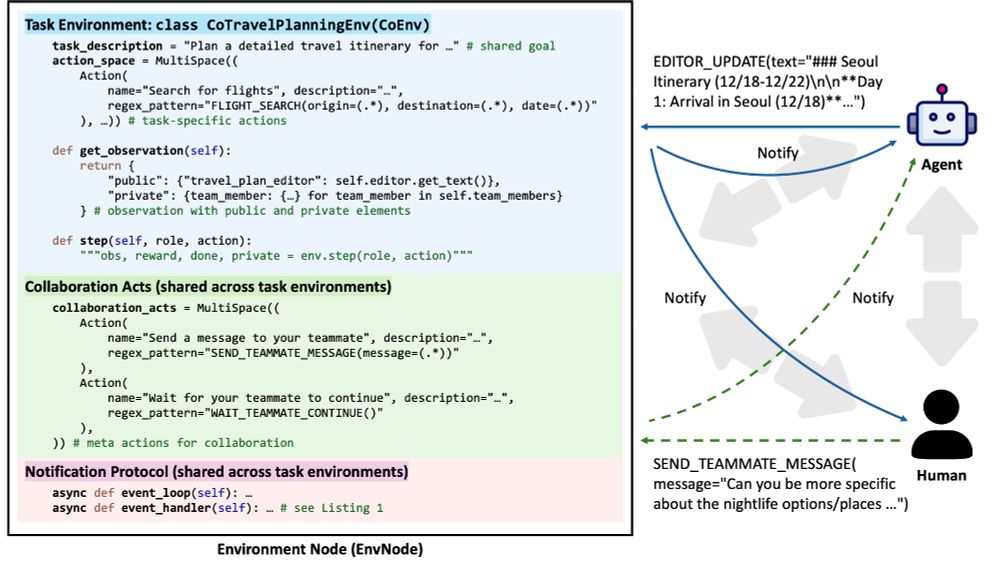
We define primitives for public/private components in the shared env, as well as collaboration actions and notification protocol.

We start with three tasks: travel planning, surveying related work, and tabular analysis

We start with three tasks: travel planning, surveying related work, and tabular analysis
Introducing Collaborative Gym (Co-Gym), a framework for enabling & evaluating human-agent collaboration! I now get used to agents proactively seeking confirmations or my deep thinking.(🧵 with video)

Introducing Collaborative Gym (Co-Gym), a framework for enabling & evaluating human-agent collaboration! I now get used to agents proactively seeking confirmations or my deep thinking.(🧵 with video)
